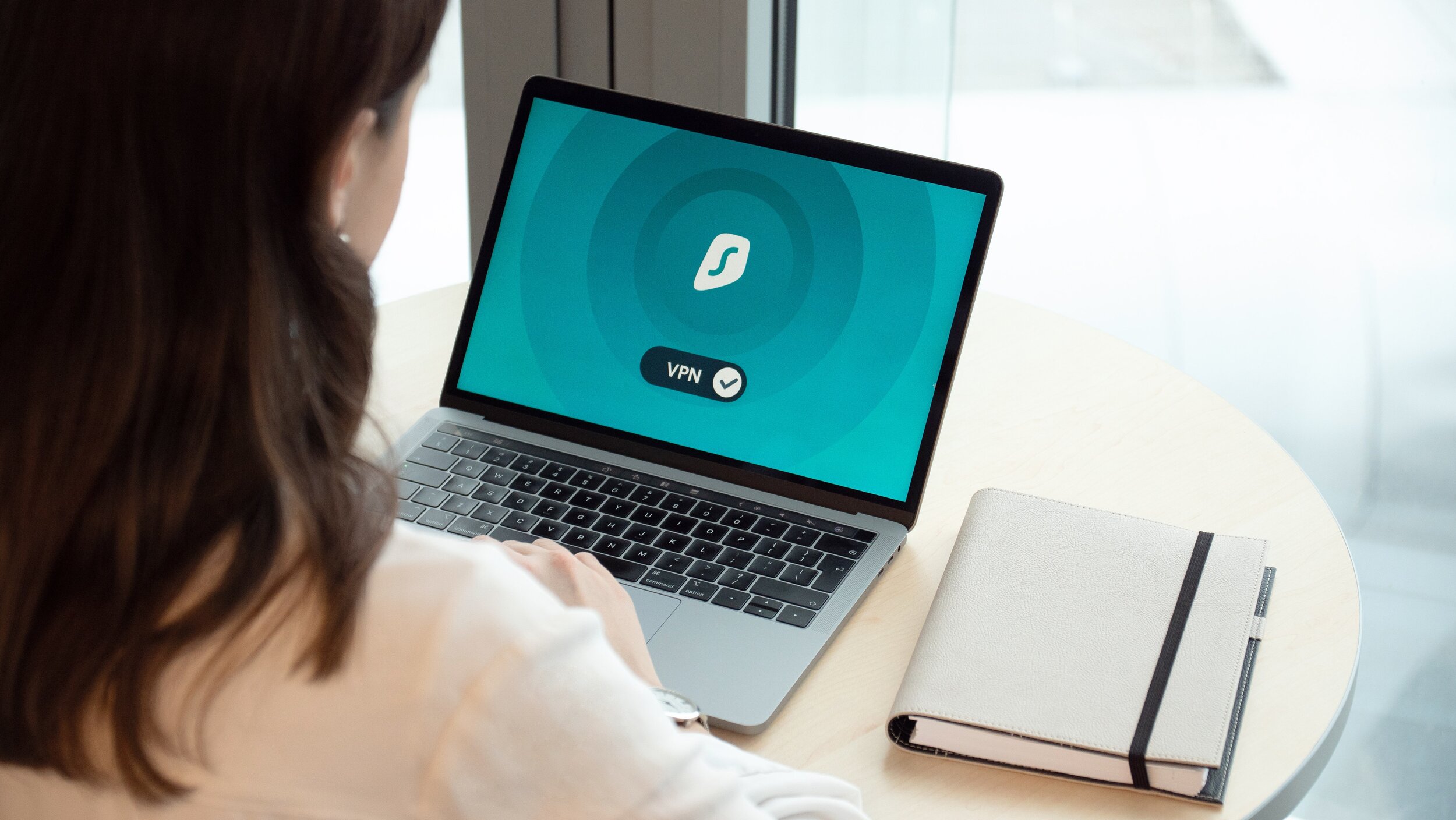How can AI and blockchain play a functional role in arts and cultural organizations? At Christie’s 8th Annual Art + Tech Summit, top arts leaders gathered to address this question and more. While companies race to integrate the latest technology, uses may not align with consumer demand or practical need. With eyes on the creative industry’s next steps, companies must consider ethics of the AI tools they implement. For Disney, this resulted in a “hacktivist” cyber attack, leaking more than 1 TB of company data in protest of AI artwork policies. Meanwhile, individuals must take more responsibility in protecting their own data privacy as Google Chrome once again takes back promise to eliminate third-party cookies. Read more about this month’s news below.
May News: AI, Misinformation, and Cybersecurity
Once again, AI continues to be front of mind this month. While companies expand AI functionality, artists call for protection of their likeness, and consumers call for accurate information. Meanwhile, cyberattacks evolve, and arts enterprises with high profile clients are challenged to respond. Looking at organizational workflow, popular tools like Canva are expanding to become a “one-stop shop” for design needs.
Cybersecurity Solutions for Remote Work in the New Year
Cybersecurity has been on more people’s radars because of the recently exposed SolarWinds cyberattack, which impacted customers including the United States government. In this particular case, the breach was able to go undetected for months, indicating that even institutions with the highest levels of security can fall victim. As we begin the new year, arts organizations face a timely opportunity to consider their cybersecurity measures for remote work.
Boosting Cybersecurity for Remote Work in the Arts
Remote work generally poses greater security threats to organizations than in-person work since, for example, employees use home networks and access organizational information on personal devices. Even before the Covid-19 pandemic, cybersecurity was becoming a bigger threat for smaller organizations and nonprofits. It may seem fatalistic to ask arts organizations to prepare for the worst cyberattack situation—one that might seem unlikely—but managers should think of cybersecurity as another aspect of making their organization stronger, just like ensuring patrons’ physical safety and protecting the organization’s financial health. Now that the pandemic has forced many aspects of arts organizations’ operations online, managers can use this opportunity to survey their organization’s digital landscape and potentially open the door for more remote work opportunities in normal times.










